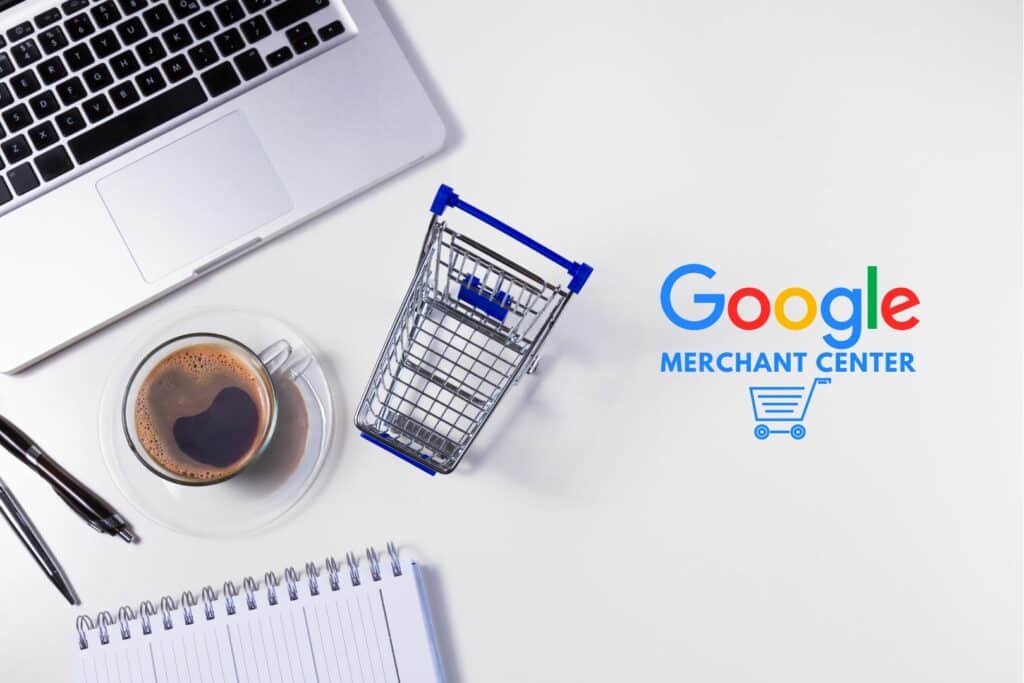Ecommerce is growing around the world so international sales are worth exploring for businesses planning for expansion. However, there are significant challenges involved with selling in multiple countries.
Here we look at some of the issues you will want to consider before making your decision. Country and language must be at the top of the list.
Every business has unique international sales challenges
There are many dimensions to multi-country ecommerce that can affect how you design, configure and handle your platform to meet your business needs.
- Will you be selling online only or also in person with field sales and brick and mortar stores, for example. Nike has combined digital and physical channels in its ‘Rise’ concept stores, where app users can make use of fast checkout and locker pick-up features.
- When you start selling internationally you will certainly need to think about the number of countries and languages you will need to support.
- Will you be able to effectively manage varied currencies and pricing policies for each country. You could, for example, use the Google Merchant Centre to upload and show your products in any of the supported languages. If you don’t want to convert your prices into the local currency, you can use the currency conversion feature.
- Almost every country is reviewing and updating direct and indirect taxation following the pandemic and more than half of people who buy online expect to make international purchases in future. Understanding how international taxation affects ecommerce businesses is very complex and almost 140 countries are planning global tax reforms suitable for a digital market. This will create new rules about how profits are allocated and will set minimum levels of corporate tax on foreign income.
- Technology is changing the global logistics market, which grew by almost 20% in 2021. Delivery times continue to be a challenge that is hampering ecommerce growth in some parts of the world. You will need to evaluate whether to work with multiple logistics partners covering each country or, perhaps, a single partner for a wider region like Europe, for example.
- You will also need to decide whether your products will be distributed from a single hub or via a network of international warehouses.
- You will find a wide range of business system integration options are available to support your international ecommerce plans. You will need to consider whether a single enterprise resource planning (ERP) system can cover all regions and countries or whether you will need to integrate multiple systems to meet the needs of your omnichannel operation.
- Your customer’s payment expectations are changing and options like ‘card not present’ purchases are increasing. As a result, over half of businesses are planning to expand the range of payment methods they offer. You will want to consider whether a single global payment provider can meet all your requirements or whether you will need local providers and payment methods to suit different markets.
- Privacy and data protection requirements vary around the world and you will need to understand them in your areas of operation. You will need robust processes in place for collecting information, retargeting, personalization and ongoing communications.
- There is a wide range of corporate, local and international law that could apply to your business. Whether you are a small business, a new start-up or a rapidly expanding mid-market company legal controls could include copyright and contract laws, shipping restrictions, age limits and licences.
- You can use local domains to measure country-specific business performance. Setting the same performance targets for each country will be unrealistic, so you will need to assess their potential to set practical key performance indicators.
- There’s no doubt that the more countries you enter the more complex your business operations will become. You will have to choose between central control and local autonomy.
Why are these factors so important?
Regardless of how immersed you are in your local market it would be risky to assume that you can simply apply what you know in another country. Apart from different languages, you will need to understand cultural, legal and business rules and customs to successfully achieve international sales.
All of the factors listed above can influence the ecommerce platform you choose and the type and scope of business system integration you will need. For example, the requirements for privacy and security for data held only in Europe will be very different to data held in the US or China.
Payment preferences vary widely around the world so you will need to know that you can meet local requirements when you choose your ecommerce platform and assess your payment integration options.
To move into a new market, you will want to take a thorough and methodical approach to research and evaluation to make the right decisions.
Country vs language
The first important step is to recognise that these are two very distinct areas of understanding. Simply providing a translated version of your home site is unlikely to be effective. For example, some countries might have multiple languages while others use local variations of the same language such as Germany and Switzerland.
Starting with a matrix of countries and languages you will need to support will make the position clearer. You will also want to consider how to meet your customers’ needs, for example:
- by geolocation to specify a country
- by browser language
- or with a ‘best guess’ approach that allows your customers to choose alternatives.
In fact, your customer could be traveling or using someone else’s PC or tablet device, so allowing some flexibility is always a good idea.
The right languages and countries
Your ecommerce platform should be equipped to make an intelligent default selection of country and language for your customer based on geolocation and browser language, for example. Providing the option for your customers to select alternatives will help them to feel fully supported.
Country and language selectors on your sites should be easily accessible so the header or footer are the clearest locations.
Always present the choice in the local language such as Français, Deutsch, or English. If there are language variations associated with a country you can show a flag and the name of the localized site in the language selector to help.
Managing content in multiple languages
There are three main types of content to consider when you prepare to meet the needs of your international markets.
Product Content – content such as titles, descriptions, and attributes will need to be localized in a separate version of your online product catalog. Check to see if your chosen platform includes the option to bulk-import content that you can localize.
Managed Content – banners, in-page content, blog posts, and articles can normally be managed via your control panel and you will typically be able to choose any language.
Field Content– you can localize a store’s payment and checkout validation and error messages and your platform will probably offer a list of messages and supported languages, although you might need to disable native emails.
Example 1: Regional consistency with flexibility – for a region-wide approach using Adobe Commerce Cloud you could create a tiered structure to provide common site navigation, page templates, dashboards, and security to customers across different regions.
On top of this you could add omnichannel functionality, project management, content strategies, and system integration to meet local requirements, accommodating not just different languages but also curated products and services, different payments methods, fulfillment options, and order management processes. You could also include personalized product recommendations, using Adobe Sensei to tailor customer experiences and improve conversions.
Example 2: Increased sales through localization – local ecommerce sites will allow you to offer payment in local currencies and location-appropriate shipping options to increase your conversion rates. To achieve this with Shopify, for example, you can set up a different account for each location with different products, currencies and a locally-registered domain name. You can export your theme from your existing site to create a new one. You can then localize your pricing and settings before migrating your content and verifying your links.
Example 3: Streamlined cross-border selling– one of the world’s fastest growing ecommerce platforms, VTEX, has set up a partnership with Digital River to create an integrated cross-border selling solution that’s designed to be fast, simple, and relatively risk-free. The combination of VTEX’s microservices-based architecture and Digital River’s business and development tools allows you to expand internationally more easily by minimizing your payment, tax, fraud and compliance responsibilities and risks involved with international selling.
Work with international ecommerce experts
To meet the expectations of customers in a new country you will need to review and update your existing online offer. Williams Commerce works with ecommerce businesses around the world. We have experience of creating multi-language, multi-currency sites and integrating business systems to provide exceptional customer experiences. Our ecommerce consultancy team will be happy to discuss your plans for cross-border growth.



